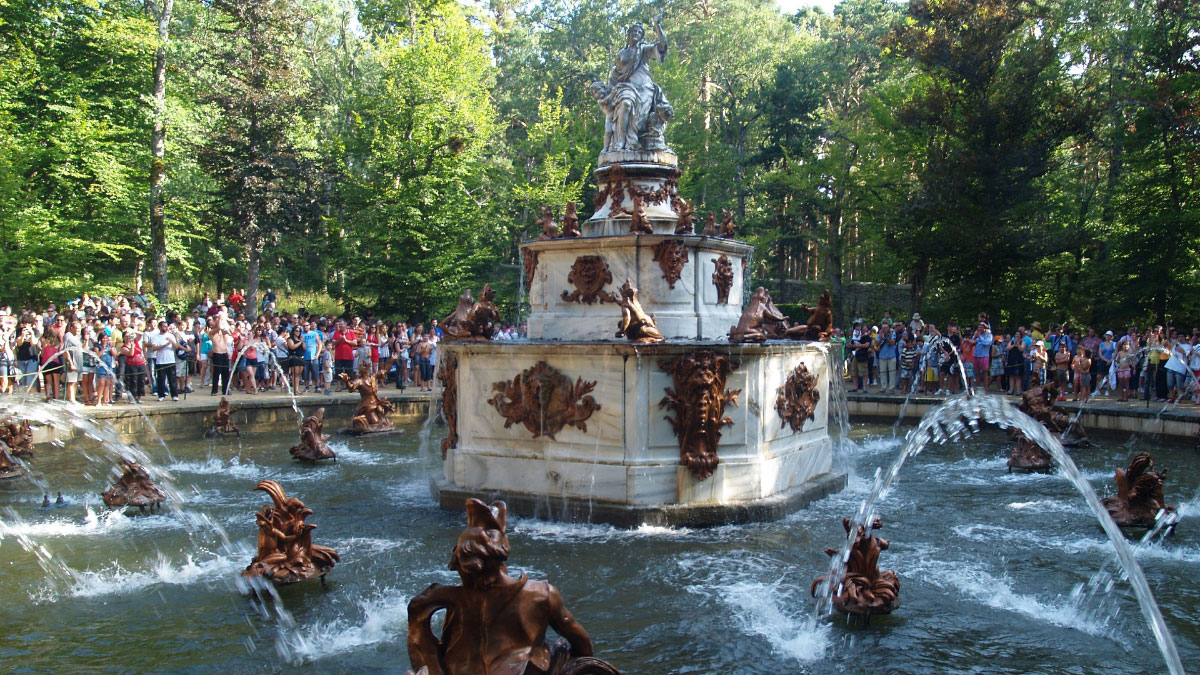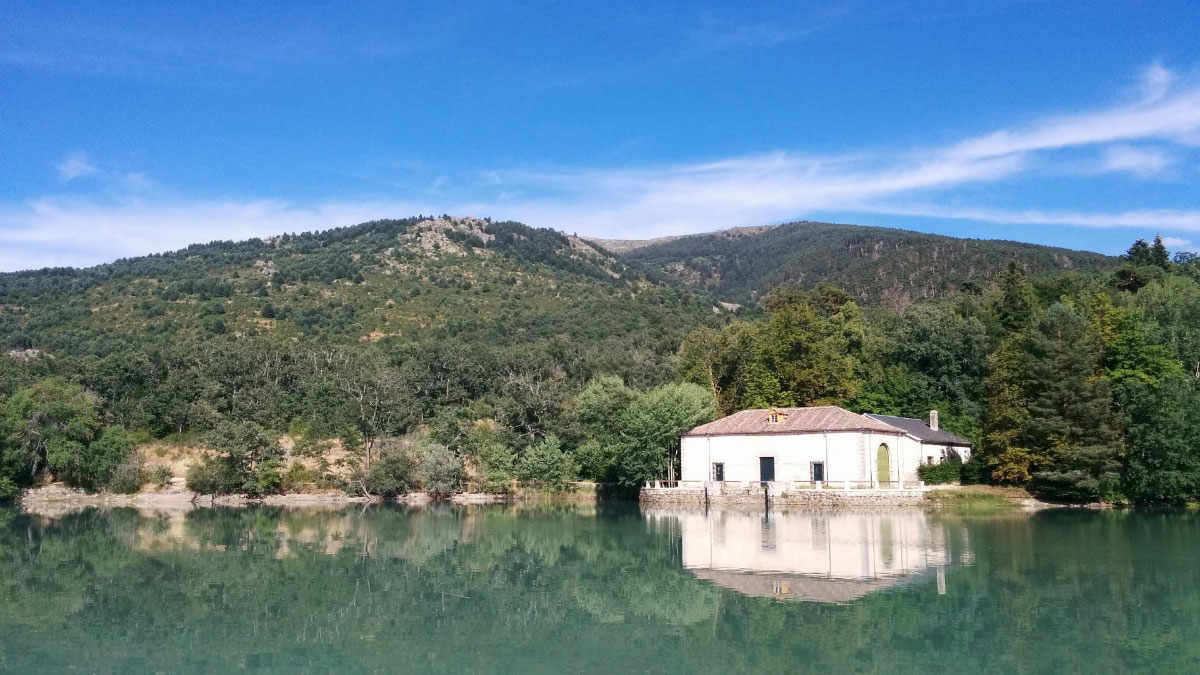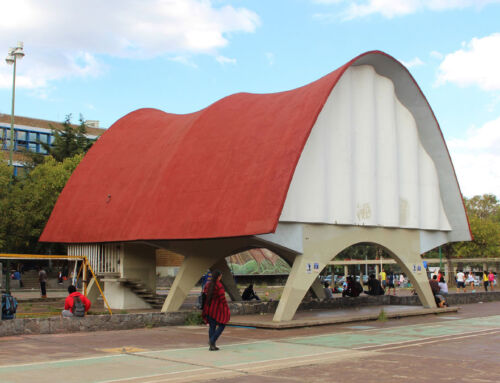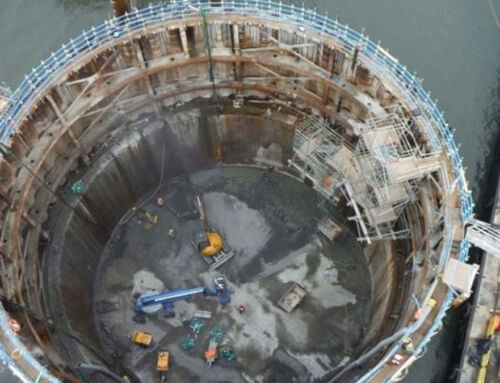At the foot of the Sierra de Guadarrama mountains, in the province of Segovia, stands a monument in which Spanish Baroque reached its peak expression: the Royal Palace of La Granja de San Ildefonso. More than just a palace, this 18th-century complex is a treatise on water and perspective as narrative tools. Its gardens, designed by French landscape architects René Carlier and Étienne Boutelou, do not merely emulate those surrounding the Palace of Versailles; they surpass them in technical audacity, at a time when experiential design was not even a concept.
The parterres draw progressive patterns, while the 29 monumental fountains represent scenic vanishing points. Calculated visual axes inspire awe, such as when framing the Fountain of Fame from the main staircase, and changes in level direct the gaze towards strategic landmarks. But behind this aquatic spectacle lies a hydraulic system that amazes modern engineers. Conceived in 1729, it works with the precision of a Swiss watch.
In fact, the Mar de la Granja, a natural reservoir at an altitude of 1,289 metres, acts as a gravitational reservoir. Eight kilometres of underground channels, carved into the granite, carry the water with hardly any friction losses. Compensation chambers regulate the pressure so that fountains such as the Fountain of Fame can reach a height of 42 m without pumps. Cast bronze nozzles spray the water in perfect arcs; slide valves are operated manually with wrought iron keys, and a purge system prevents freezing in winter. All this with a constant flow, mobilised solely by the force of gravity, of 9,000 l/sec when they are all operating at the same time.
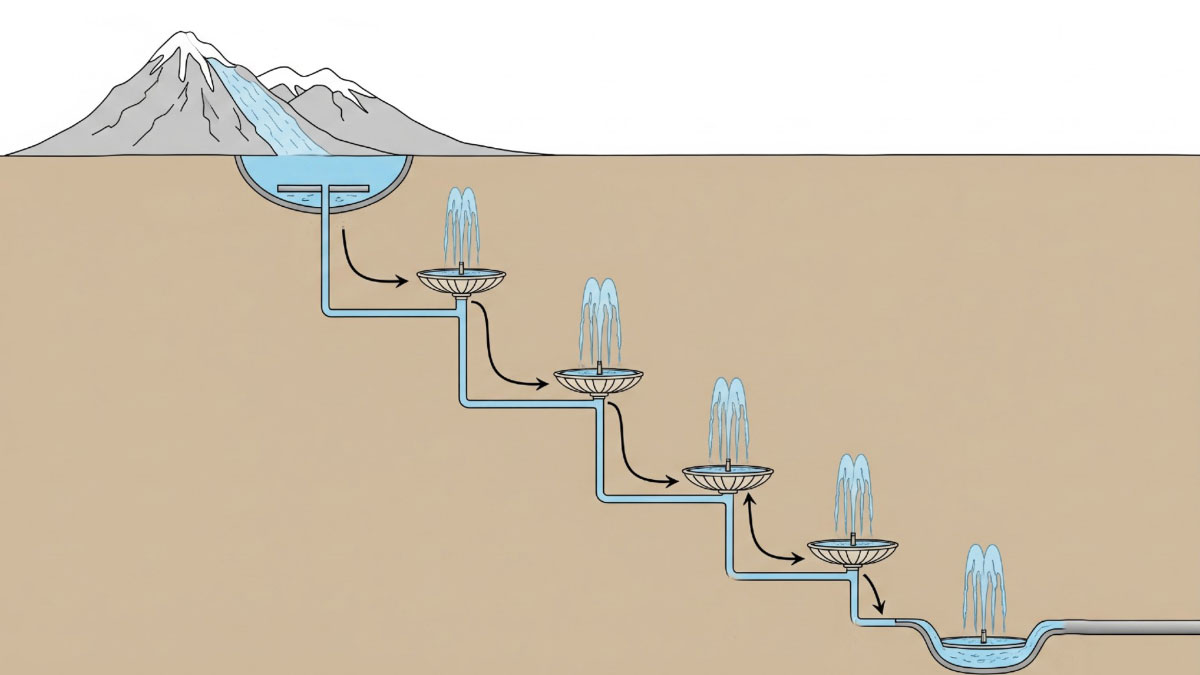
In fact, the main reservoir would be depleted in 13 hours at that rate of consumption. That is why the fountains do not usually operate at the same time. They were designed to impress the king only when he approached them. For this reason, they only operate all at the same time three times a year: on 30th May, Saint Ferdinand’s Day; 25th July, Saint James’s Day; and 25th August, Saint Louis’s Day.
Amusement Logic often draws inspiration from these historical references when designing projects and leisure spaces. Whether interactive fountains, water attractions or gardens, we apply similar principles of strategic water use, energy efficiency and scenic design to all of them. The aim is to create memorable experiences like those enjoyed in the gardens of the Royal Palace of La Granja de San Ildefonso.
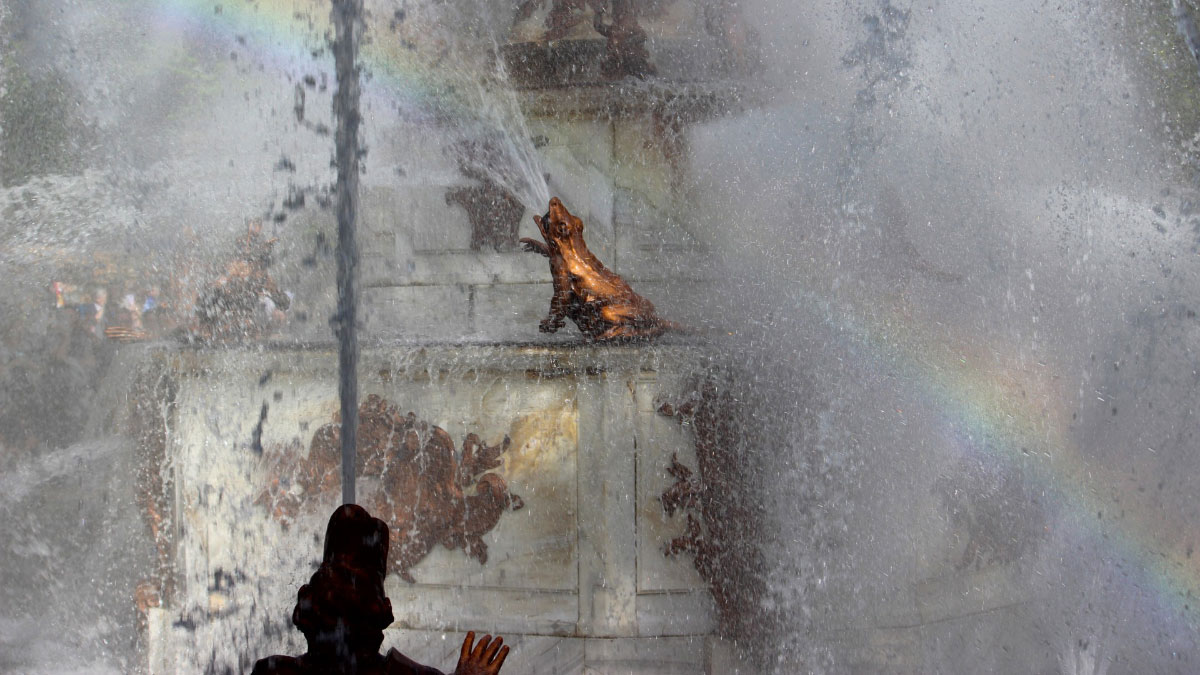
By Ángel Ibáñez Pérez, senior MEP engineer in the Architecture Department at Amusement Logic


